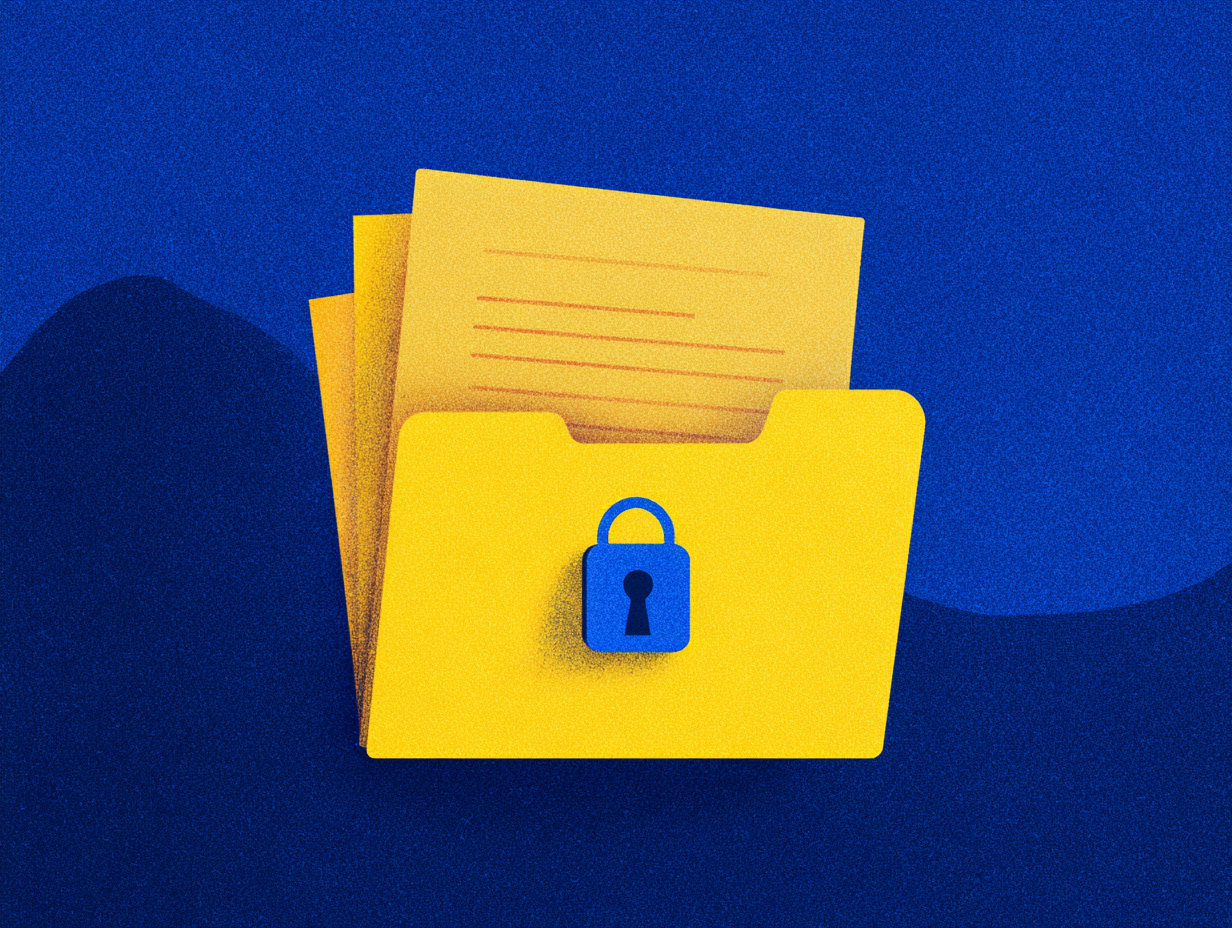
Tips for Secure File Sharing
Secure file sharing made simple — protect your data with end-to-end encryption, zero-knowledge architectures, and full control over where your files live.
Whether you’re sending confidential business documents or collaborating on a sensitive project, secure file sharing is no longer optional — it’s essential.
Here’s how to ensure your files stay private, compliant, and fully under your control:
What Is Secure File Sharing?
Secure file sharing means transferring files in a way that ensures confidentiality, authenticity, and privacy — so that only the intended recipients can access them.
From financial reports and legal contracts to medical records and design assets, nearly every file you share contains sensitive information. To keep this data safe, it must be end-to-end encrypted before it leaves your device, ensuring that no service provider, intermediary, or unauthorized party can view or modify its contents.
Why Secure File Sharing Matters
For both individuals and organizations, security is just one part of the equation — control, privacy, and compliance matter just as much.
- Absolute confidentiality: End-to-end encryption ensures that only authorized users can decrypt and access files — no third-party involvement.
- Regulatory compliance: Secure file sharing helps meet data protection frameworks such as GDPR and ISO 27001/27701.
- Data residency: The ability to choose where your data is stored helps maintain compliance with local and industry-specific regulations.
- Auditability: Detailed logs and traceable activity records enable transparency and accountability in every sharing process.
- Scalability: Secure cloud-based platforms allow you to share or request files of any size, without artificial limits or unnecessary exposure risks.
8 Tips for Secure File Sharing
1. Use Client-side & End-to-End Encryption
Always use services that encrypt files on your device before uploading. Client-side & end-to-end encryption ensures that only you and your recipients can decrypt and access the content.
2. Choose a Privacy-Focused Provider
Select a provider that operates under strong privacy laws and clearly states that it cannot access your files. If the provider holds your encryption keys, your data is not fully private. Switzerland offers one of the strongest privacy foundations globally, and platforms like TransferChain are operating under the world's strictest data protection regulations.
3. Utilize Distributed Cloud Architectures
Storing all files on a single cloud makes you vulnerable to outages, breaches, or jurisdiction risks. Use solutions that split and distribute data across multiple independent providers. For instance, TransferChain fragments data and distributes it across several clouds for resilience, privacy, and performance.
4. Turn On Multi-Factor Authentication (MFA)
Enable MFA to add an extra layer of protection to your accounts. Even if your password is compromised, attackers won’t gain access without your second verification step.
5. Password-Protect Shared Links
When sending files externally, add an additional password to protect access. Share the password through a separate, secure communication channel.
6. Set Expiration Limits
Shared links that never expire are a major security risk. Use tools that let you revoke links instantly and monitor each access event. Security-oriented tools like TransferChain Drive give you full control with expiration dates, download limits, and immutable access logs.
7. Keep Sensitive Files Out of Email
Email is one of the least secure channels for sending attachments. Use encrypted file transfer systems instead of relying on traditional inboxes.
8. Use Storage-Agnostic Solutions for Better Data Residency Control
Your business may need to store data in specific countries for GDPR, HIPAA, or industry rules. Pick platforms that let you choose where your files physically live for stronger compliance and access.
Secure File Sharing, Reinvented
TransferChain Drive lets you share and request files securely — without size limits or third-party access.
Your data is:
- 🔒 Client-side & end-to-end encrypted
- 🧩 Fragmented & distributed across multiple clouds
- ⛓ Blockchain-authorized with immutable audit logs
- 🌍 Storage-agnostic — you control where data lives
With TransferChain, privacy isn’t a feature — it’s the foundation.
Start sharing files the secure way.
👉 Learn more about TransferChain Drive
🔐 Secure File Sharing – FAQ
1. What does “secure file sharing” mean?
Secure file sharing is the process of transferring files in a way that guarantees privacy, confidentiality, and authenticity. It ensures that only the intended recipients can access your data — typically through end-to-end encryption, where files are encrypted on your device before being uploaded or sent.
2. Why is secure file sharing important?
Because most files — from contracts and financial documents to creative assets — contain sensitive information. Secure sharing helps you:
- Prevent unauthorized access or data leaks
- Stay compliant with regulations like GDPR and ISO 27001/27701
- Maintain control over where your data is stored (data residency)
- Track and audit file activity for transparency and accountability
3. How does end-to-end encryption work?
With client-side & end-to-end encryption, your files are encrypted before leaving your device and can only be decrypted by your intended recipient. This means even your file-sharing provider cannot read or alter your data.


